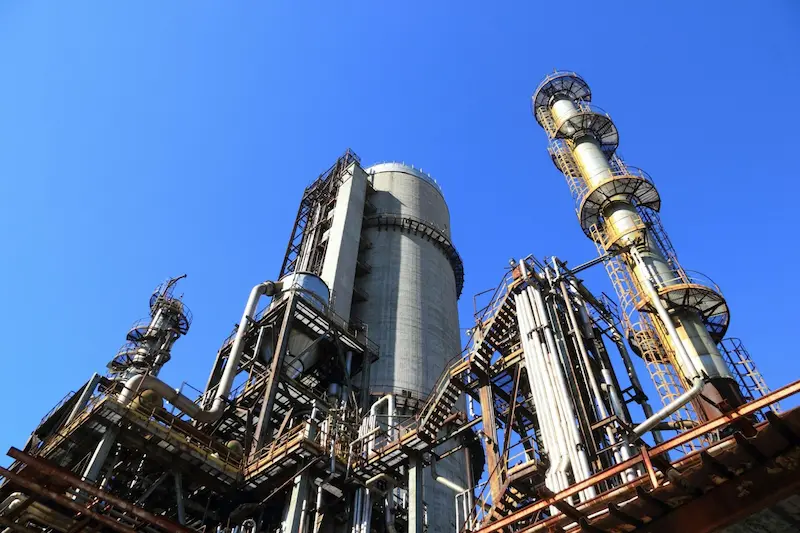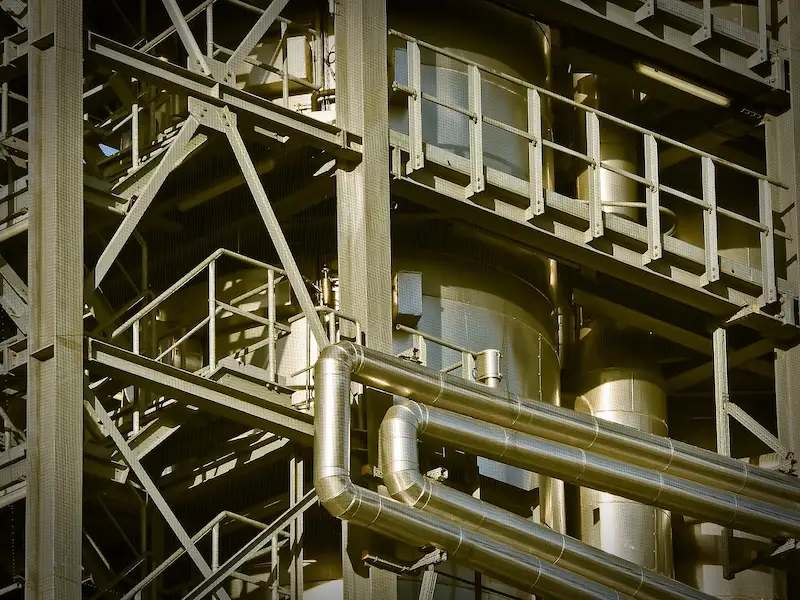Table of Contents
Hydrogen monitoring technologies are becoming increasingly important as industries strive for safer and more efficient energy systems. Hydrogen, being the smallest and lightest molecule, presents unique challenges in terms of containment and detection. Whether used in fuel cells, chemical processes, or industrial plants, hydrogen poses risks due to its flammability and potential for leakage. Therefore, understanding the different technologies that help monitor hydrogen levels is critical for safety and operational integrity. This article dives into the nuances of hydrogen monitoring, explores various detection methods, and emphasizes the growing need for these technologies in multiple sectors.
The Frontline of Safety
Hydrogen leaks are a serious concern in any environment where hydrogen is present, especially in energy production and chemical processing. Given that hydrogen is highly flammable and can lead to explosive reactions when it comes into contact with oxygen, immediate leak detection is crucial. Traditional leak detection methods, such as soap bubble tests and ultrasonic sensors, have evolved into more sophisticated systems. One of the most common modern methods is the use of catalytic sensors, which can detect hydrogen by reacting with the gas and generating a measurable output. These sensors are compact, energy-efficient, and provide real-time data, making them suitable for industrial environments where immediate detection is vital.
However, hydrogen’s unique characteristics require specialized detection techniques. Hydrogen’s small molecular size allows it to permeate materials that would normally contain other gases. In response, technologies like infrared absorption sensors and palladium-based detectors have been developed to provide higher sensitivity and precision. Palladium, in particular, reacts with hydrogen to form palladium hydride, changing its electrical conductivity, which can then be measured. These advanced technologies are essential in maintaining a safe working environment, especially in industries like fuel cell development, aerospace, and chemical manufacturing.
Advancing Hydrogen Monitoring Precision
Another cutting-edge method for monitoring hydrogen levels is optical sensing technology. Optical sensors leverage changes in light to detect the presence of hydrogen, offering a non-intrusive and highly accurate detection system. Fiber optic sensors, for instance, use light pulses sent through a fiber cable that alters when exposed to hydrogen. The refractive index or intensity of the light changes based on hydrogen concentration, allowing for precise monitoring without the risk of electrical interference, which is a concern with some other technologies. This makes optical sensors an attractive option for environments where electrical equipment may pose additional safety hazards.
Optical sensing technologies are particularly beneficial in applications requiring continuous monitoring and low-level hydrogen detection. These sensors are used in critical sectors such as nuclear power plants and renewable energy storage systems, where hydrogen plays a pivotal role. Additionally, optical sensors are immune to electromagnetic interference, ensuring that they provide stable readings even in harsh and high-noise industrial environments. Their long-lasting nature and minimal maintenance requirements further add to their appeal, offering companies a low-cost, highly reliable monitoring solution over extended periods.
Wireless and Remote Technologies
As hydrogen technology evolves, so do the monitoring systems that ensure its safe use. One of the most promising trends in hydrogen monitoring is the development of wireless and remote sensing technologies. These innovations allow for real-time data collection and analysis, often from multiple locations, without the need for wired connections. This wireless approach is particularly valuable in large-scale industrial settings or hard-to-access environments where traditional wired sensors would be impractical. Remote sensors, often paired with cloud-based platforms, allow operators to monitor hydrogen levels across vast areas and respond swiftly to any issues.
Wireless hydrogen sensors rely on technologies like Bluetooth, Zigbee, or Wi-Fi to transmit data to centralized control systems. Paired with the Internet of Things (IoT), these systems provide a more holistic view of hydrogen distribution and potential leaks across an entire facility. For example, IoT-enabled sensors can automatically shut down processes or send alerts to operators if hydrogen concentrations reach dangerous levels. These advancements in hydrogen monitoring technologies significantly enhance operational safety and reduce manual intervention, thus minimizing risks in hydrogen-heavy industries like automotive manufacturing, energy storage, and hydrogen fueling stations.
A Critical Application for Hydrogen Detection
In addition to industrial processes and energy production, hydrogen monitoring technologies play a vital role in transformer monitoring. Transformers, particularly in electrical grids, are susceptible to faults that can release gases like hydrogen as insulation materials degrade. The presence of hydrogen in transformer oil is a key indicator of potential issues, such as overheating or partial discharges. Dissolved gas analysis (DGA) is one of the primary methods used to detect hydrogen levels within transformers, allowing early detection of faults before they escalate into catastrophic failures. By continuously monitoring hydrogen levels, operators can assess transformer health and take preventive actions to avoid costly downtimes.
Many modern transformer monitoring systems integrate hydrogen sensors with real-time data platforms, providing operators with instant alerts if abnormal hydrogen levels are detected. This proactive approach not only enhances operational safety but also extends the lifespan of the equipment. You can find more information here or at any other reputable website, and you can explore how these technologies are shaping the future of transformer maintenance and reliability in energy infrastructure. This combination of advanced monitoring and early fault detection ensures that transformers operate efficiently, reducing both maintenance costs and the likelihood of unexpected failures in critical energy infrastructure.
Hydrogen Monitoring and Renewable Energy Storage

As the world increasingly shifts towards renewable energy, hydrogen monitoring technologies have become indispensable in energy storage systems. Hydrogen is commonly used in energy storage solutions, such as in hydrogen fuel cells and large-scale energy grids, where excess renewable energy is converted into hydrogen for later use. In these systems, even a minor hydrogen leak could cause dangerous conditions or reduce the overall efficiency of energy storage. Advanced hydrogen monitoring systems are designed to detect these leaks early, ensuring that renewable energy projects run efficiently and safely. By preventing hydrogen loss and mitigating risks, these technologies contribute significantly to the reliability of renewable energy solutions, supporting the global transition towards cleaner power sources.
Artificial Intelligence and Predictive Analytics
The future of hydrogen monitoring is closely tied to advances in artificial intelligence (AI) and predictive analytics. AI-driven systems can process vast amounts of data from hydrogen sensors, identifying patterns that may not be immediately apparent to human operators. By analyzing these data trends, AI can predict potential leaks or failures before they occur, allowing operators to take preventative measures. This predictive capability is invaluable in industries where hydrogen is critical, such as chemical manufacturing and aerospace, where the cost of failure can be extraordinarily high.
Hydrogen monitoring technologies are essential for ensuring safety, reliability, and efficiency across multiple industries, from energy storage and transformer monitoring to chemical manufacturing. With advancements in leak detection, optical sensing, and AI-driven analytics, these systems are becoming more sophisticated, providing real-time data and enhancing operational control. As hydrogen continues to play a key role in the future of energy and industry, investing in robust monitoring technologies will be critical to maintaining safety and sustainability in increasingly complex environments.
Want to explore something different? Improving Customer Interactions: How Answering Services Fuel Business Growth

